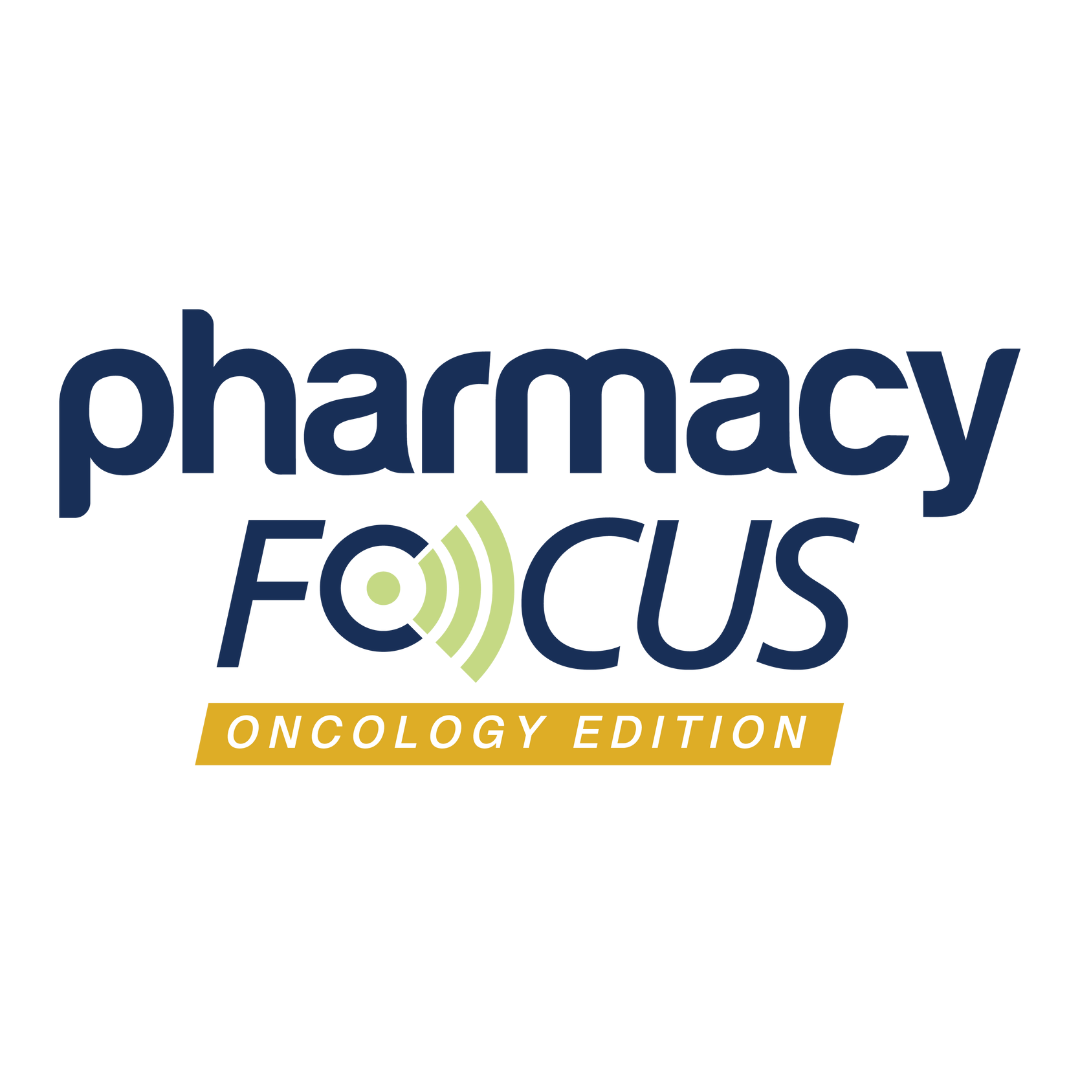Article
Nivolumab Alone or With Ipilimumab Shows Superiority to Ipilimumab Monotherapy in 5-Year Melanoma Study
Five-year overall survival rates in patients with melanoma were 52% for nivolumab plus ipilimumab, 44% for nivolumab, and 26% for ipilimumab.
Treatment with nivolumab alone or in combination with ipilimumab has improved overall survival (OS) in patients with advanced melanoma after 5 years compared with ipilimumab monotherapy, according to late-breaking results of the CheckMate 067 trial presented at the ESMO Congress 2019 in Barcelona, Spain.
The 5-year analysis CheckMate 067, the longest phase 3 follow-up for checkpoint inhibitor combination therapy, included 945 patients with previously untreated stage 3 or 4 melanoma who were randomly assigned a 1:1:1 ratio to either nivolumab plus ipilimumab; nivolumab plus placebo; or ipilimumab plus placebo until progression or unacceptable toxicity. Each nivolumab arm was compared with ipilimumab monotherapy.
Overall, the updated long-term data demonstrated that patients with melanoma treated with nivolumab, either as a monotherapy or in combination with ipilimumab, continued to show superior OS, progression-free survival, and response rates compared with ipilimumab alone.
The study showed that the 5-year OS rates were 52% for nivolumab plus ipilimumab, 44% for nivolumab, and 26% for ipilimumab. The median time from randomization to subsequent therapy was 8 months with ipilimumab monotherapy, 25.2 months with nivolumab monotherapy, and currently unreached with combination immunotherapy. At 60 months, the proportion of patients alive and free from subsequent therapy was 45% with ipilimumab, 58% with nivolumab, and 74% with combination therapy. Quality of life was preserved in both nivolumab arms.
The difference in OS rates between the nivolumab arms has steadily increased with each year of follow-up and is now 8%, according to the study. For the large subgroup of patients with a BRAF mutation the 5-year OS rates are 30% with ipilimumab, 46% with nivolumab, and 60% with nivolumab plus ipilimumab.
OS improvements were seen in nivolumab-containing arms irrespective of tumor BRAF mutation status or baseline lactate dehydrogenase levels, according to the results.
James Larkin, FRCP, PhD, consultant medical oncologist for the Royal Marsden NHS Foundation Trust, London, UK, who presented the data, said there is currently no method to predict which patients are most likely to benefit from combination immunotherapy. “The decision on which treatments to give is a matter for doctors to discuss with individual patients and their families,” he said. “The 2 drugs together definitely have a role in treating metastatic melanoma and will be the choice for some patients. For others, the decision may be to give the drugs in sequence.”
Additionally, median PFS was 11.5 months with nivolumab plus ipilimumab, 6.9 months with nivolumab, and 2.9 months with ipilimumab, according to Dr Larkin. Five-year PFS rates were 36%, 29%, and 8%, respectively.
According to the study authors, in patients who did stop treatment because of adverse events, the combination immunotherapy did not impair the success of the treatment.
With the CheckMate 067, the authors noted that they can say with a degree of certainty that PD-1 based therapy is an option for patients with advanced melanoma regardless of PD-L1 status and BRAF mutation.
“When the BRAF mutation is present, clinicians need to decide whether individual patients are best served with immunotherapy or targeted therapy,” Theresa Amaral, MD, Centre for Dermato-oncology, Eberhard Karls University Tuebingen, Germany, said in a commentary. “While this study was not powered to compare the nivolumab arms, the results suggest that if patients harboring a BRAF mutation are to receive immunotherapy, they might derive greater benefit with combination immunotherapy. Caution is needed when comparing the results to other trials, but the 5-year overall survival rate with combined targeted therapy in the COMBI-d and COMBI-v trials was 34%.”
According to the study authors, more research is needed to identify the patients who are resistant to immunotherapy and will not derive any benefit.
References
- LBA68 PR: 5-year survival outcomes of the CheckMate 067 phase 3 trial of nivolumab plus ipilimumab (NIVO+IPI) combination therapy in advanced melanoma. Annals of Oncology. Presented by James M. Larkin at ESMO Congress 2019. September 28, 2019. Barcelona, Spain.
- Nivolumab Combined with Ipilimumab or Alone Outperforms Ipilimumab at 5 Years in Advanced Melanoma [news release]. ESMO Congress 2019. https://www.esmo.org/Oncology-News/Nivolumab-Combined-with-Ipilimumab-or-Alone-Outperforms-Ipilimumab-at-5-Years-in-Advanced-Melanoma. Accessed September 28, 2019.
Newsletter
Stay informed on drug updates, treatment guidelines, and pharmacy practice trends—subscribe to Pharmacy Times for weekly clinical insights.






